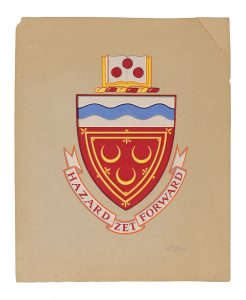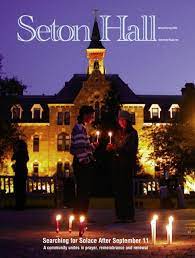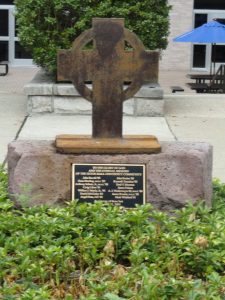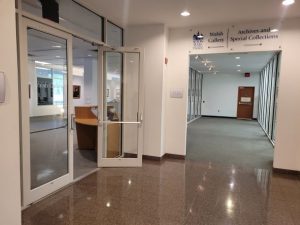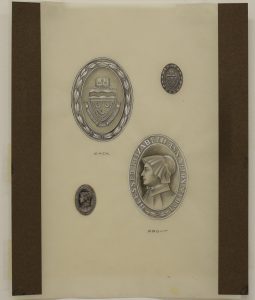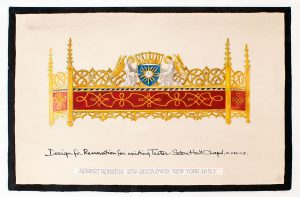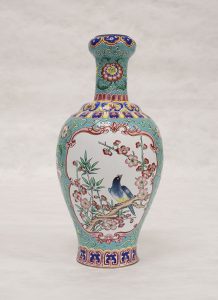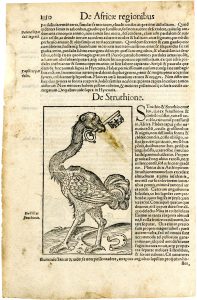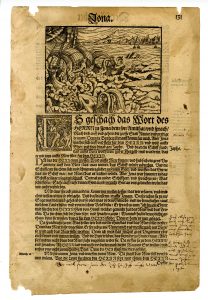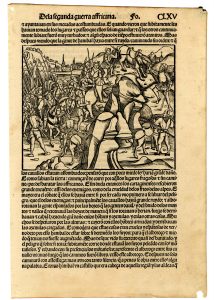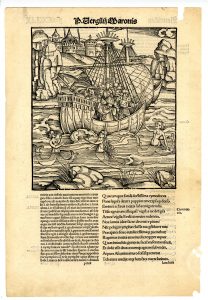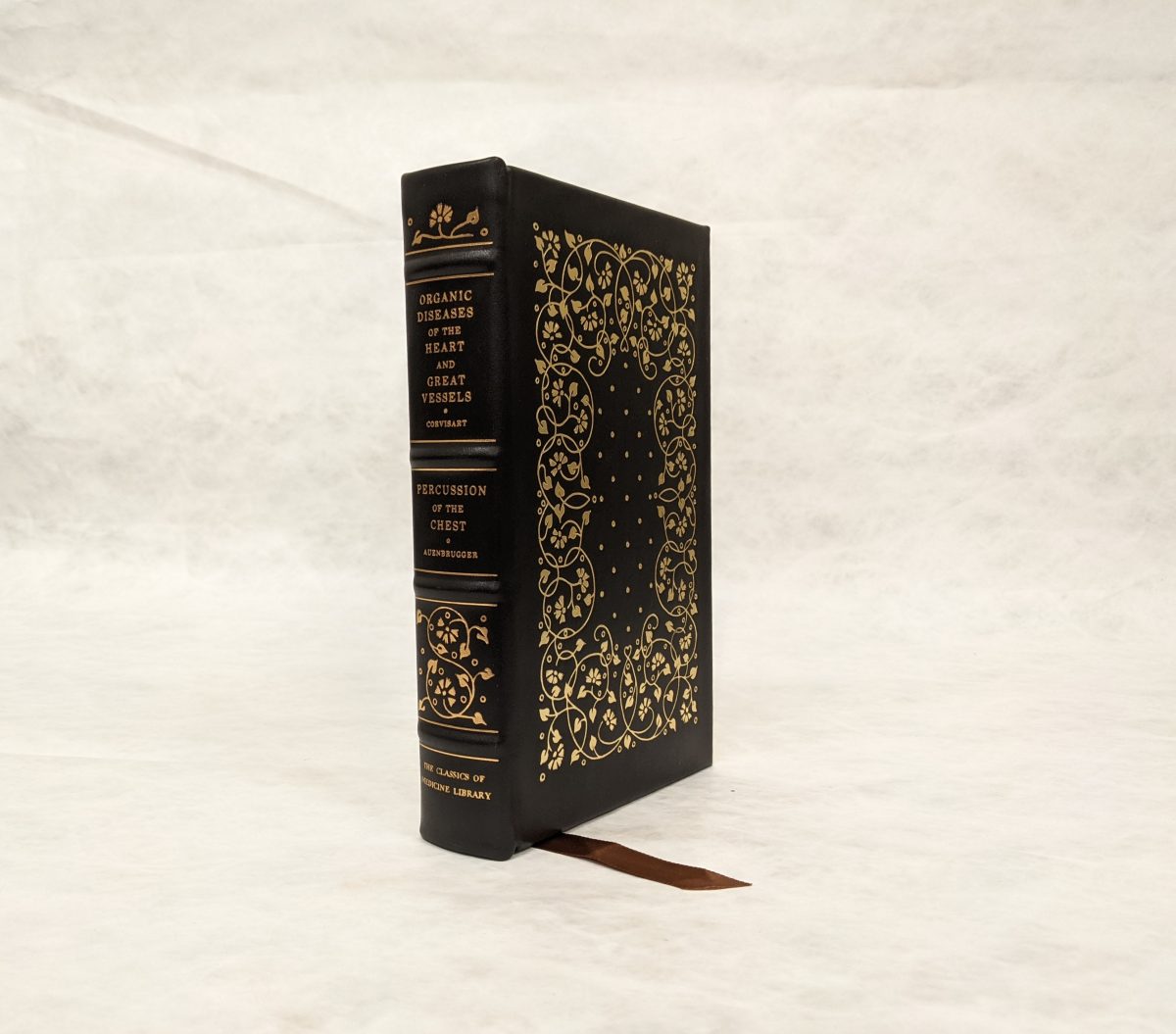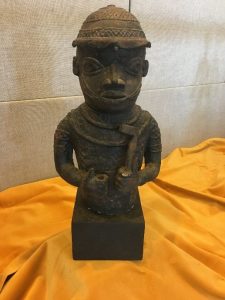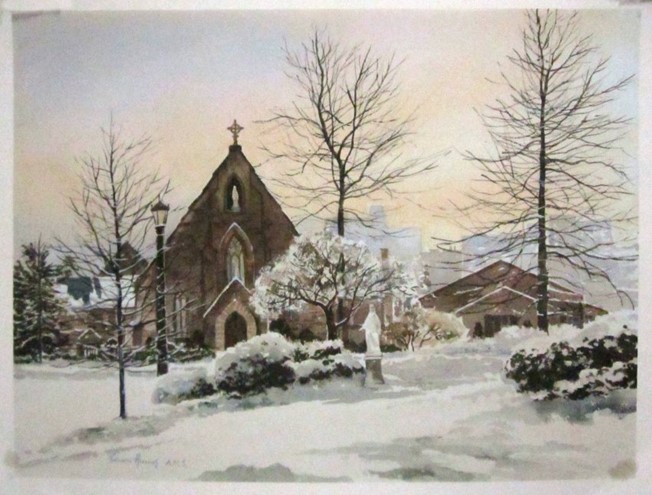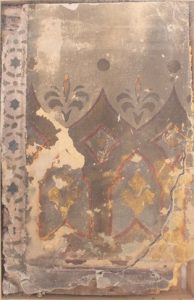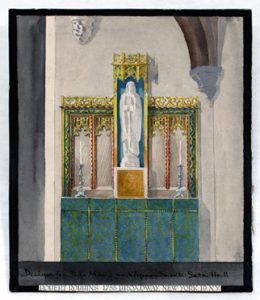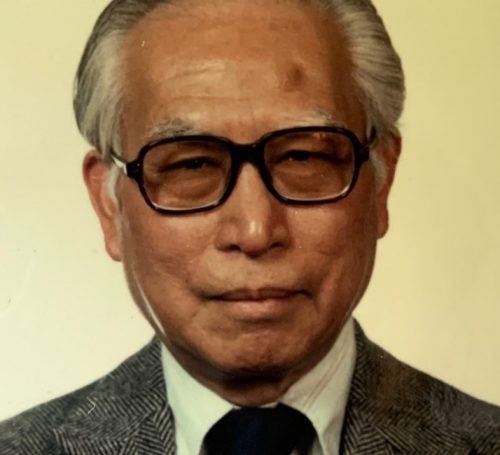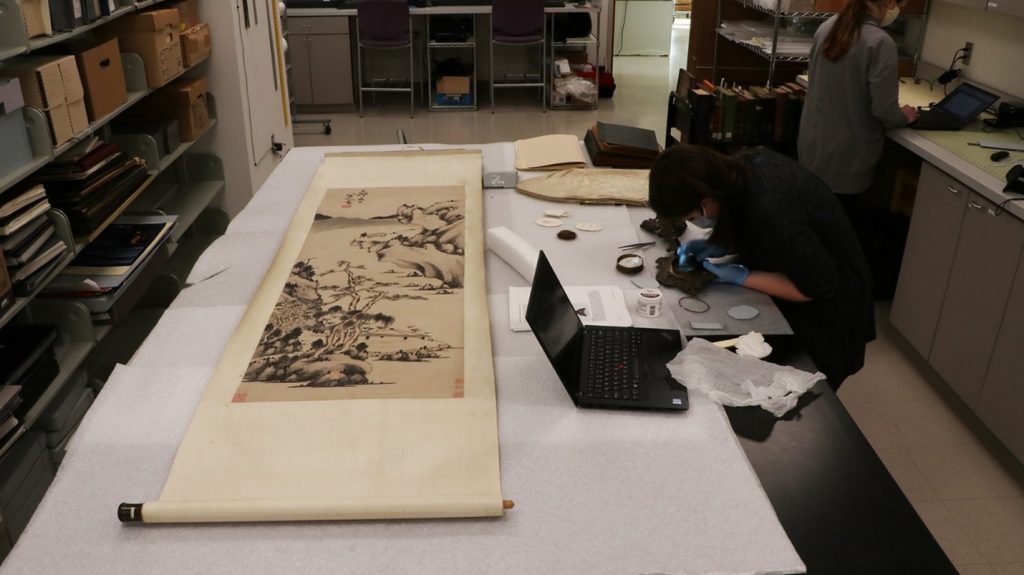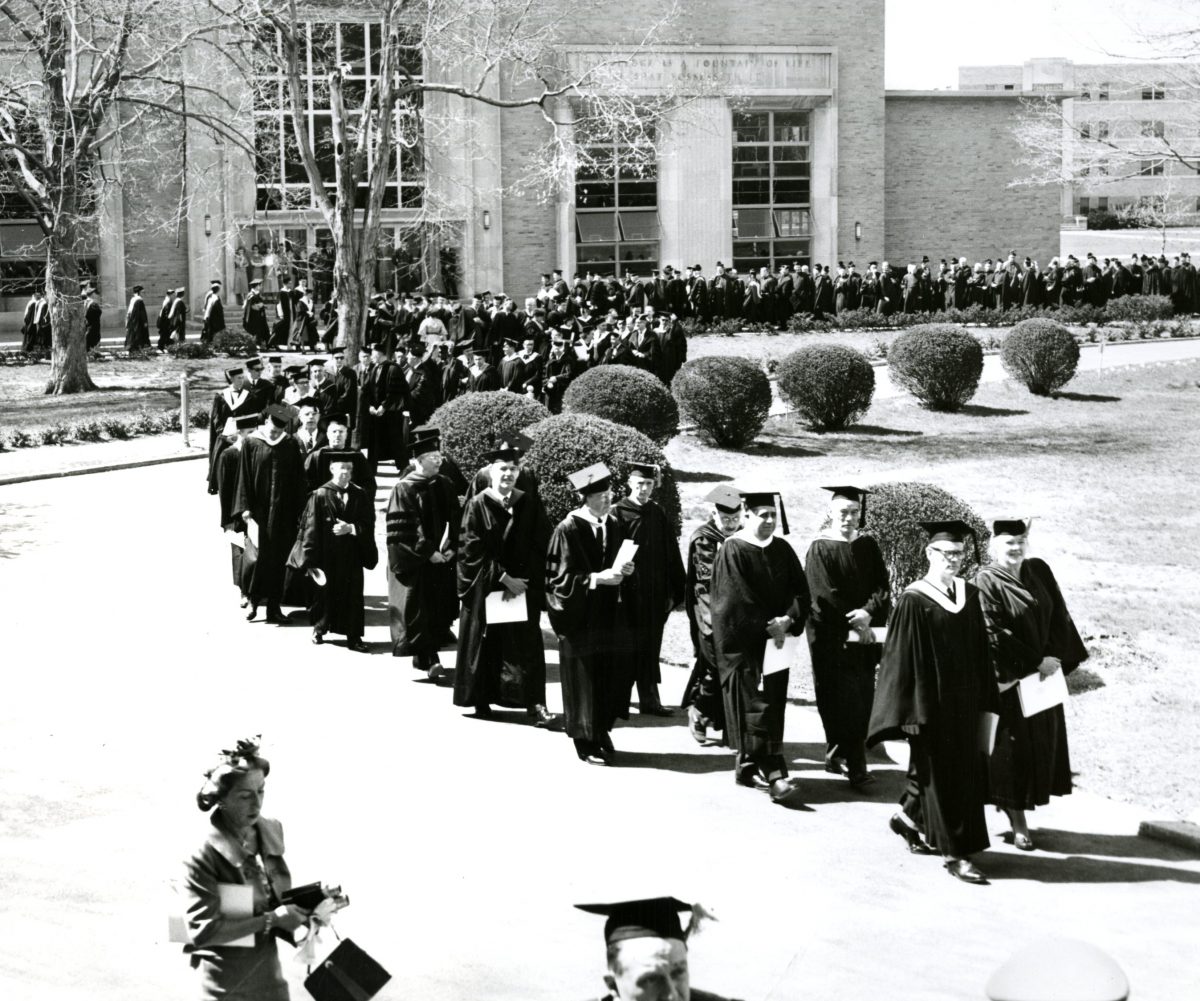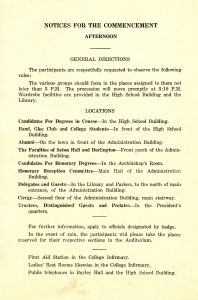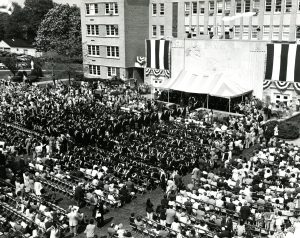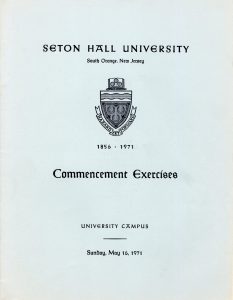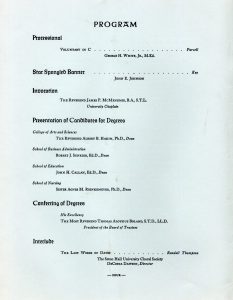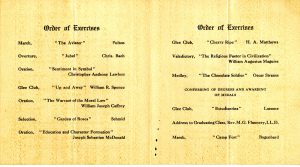In Ireland, the holiday of Midsummer marks the middle of summer and comes just a few days after the Summer Solstice. Much of the celebration takes place the evening before on Midsummer’s Eve, also known as St. John’s Eve. As with many Celtic celebrations, great bonfires are lit, and fairs and festivals are held to celebrate. Just like May Day, St. John’s Eve has its own stories, customs, and superstitions.
“In ancient times the sacred fire was lighted with great ceremony on Midsummer Eve; and on that night all the people of the adjacent country kept fixed watch on the western promontory of Howth, and the moment the first flash was seen from that spot the fact of ignition was announced with wild cries and cheers repeated from village to village, when all the local fires began to blaze, and Ireland was circled by a cordon of flame rising up from every hill” (Wilde, 113).
It was also a time to worship the Goddess Áine.
“…Áine, who gave her name to Knockainy hill and village in the county Limerick. She ruled, and still rules, that district as fairy queen and banshee. In the second century of our era, she cut off the ear of Ailill Oluim, King of Munster. It was on this account he was called Oluim, from “o”, and ear, and “lom”, bare; bare of one ear” (Mahon, 137).
“Aynia, deemed the most powerful fairy in Ulster, and Áine, queen of South Munster, are perhaps the same person, the mysterious and awful goddess once adored as Anu, or Danu. Of the two, it is Áine who especially seems to carry on the traditions of the older Anu, worshipped, according to the “Choice of Names”, in Munster as a goddess of prosperity and abundance. Within living memory, she was propitiated by a magical ritual upon every Saint John’s Eve, to ensure fertility during the coming year. The villagers round her sidh of Cnoc Aine (Knockainy) carried burning bunches of hay or straw upon poles to the top of the hill, and thence dispersed among the fields, waving these torches over the crops and cattle. The fairy, or goddess was held to be friendly, and, indeed, more than friendly, to men” (Squire, 245).
Another tale tells the story of a St. John’s Night were a number of girls stayed late on the Hill to watch the clairs (torches) and join in the games when suddenly “Áine appeared among them, thanked them for the honour they had done her, but said she now wished them to go home, as they wanted the hill to themselves” (Rolleston, 128).
Since “fire is the holiest of all things” many customs and superstitions surround the bonfire and included carrying off a coal, jumping and leaping through the flames forward and backwards a certain number of times, and walking “three times round a fire on St. John’s Eve, and you will be safe from disease for all that year” (Wilde, 211). These customs and superstitions were not just limited to people but could include animals. Cattle were “driven through the half-extinguished bonfire, as a preventive against witchcraft” (W. R. Wilde, 40).
As Christianity spread and Midsummer became “christianized”, dedicated by the Church to honor St. John the Baptist, certain customs and superstitions survived (O’Súilleabháin, 322). “…Baal fires were kindled as part of the ritual of sun-worship, though now they are lit in honour of St. John. The great bonfire of the year is still made on St. John’s Eve, when all the people dance round it, and every young man takes a lighted brand from the pile to bring home with him for good luck to the house” (Wilde, 113). Whether Celtic or Christian, fire was still seen as a central part of the celebration, bringing good luck just like the fires of May Day did.
Reference
O’Súilleabháin Seán. (1942). A handbook of irish folklore.
No online version available.
Wilde, & Wilde, W. R. (1919). Ancient legends, mystic charms & superstitions of ireland : with sketches of the irish past. Chatto & Windus.
For the online version, click here. Please note they may not be exactly the same.
Putzi, S. (Ed.). (2008). To z world superstitions & folklore : 175 countries – spirit worship, curses, mystical characters, folk tales, burial and the dead, animals, food, marriage, good luck, and more. ProQuest Ebook Central https://ebookcentral.proquest.com
Wilde, W. R. (1852). Irish popular superstitions. J. McGlashan.
No online version available.
Mahon, M. P. (1919). Ireland’s fairy lore. T.J. Flynn.
For an online version, click here. Please note they may not be exactly the same.
Squire, C. (191AD). Celtic myth & legend, poetry & romance. Gresham Pub.
For the online version, click here. Please note they may not be exactly the same.
Rolleston, T. W. (1911). Myths & legends of the celtic race. G.G. Harrap.
For an online version, click here. Please note they may not be exactly the same.
